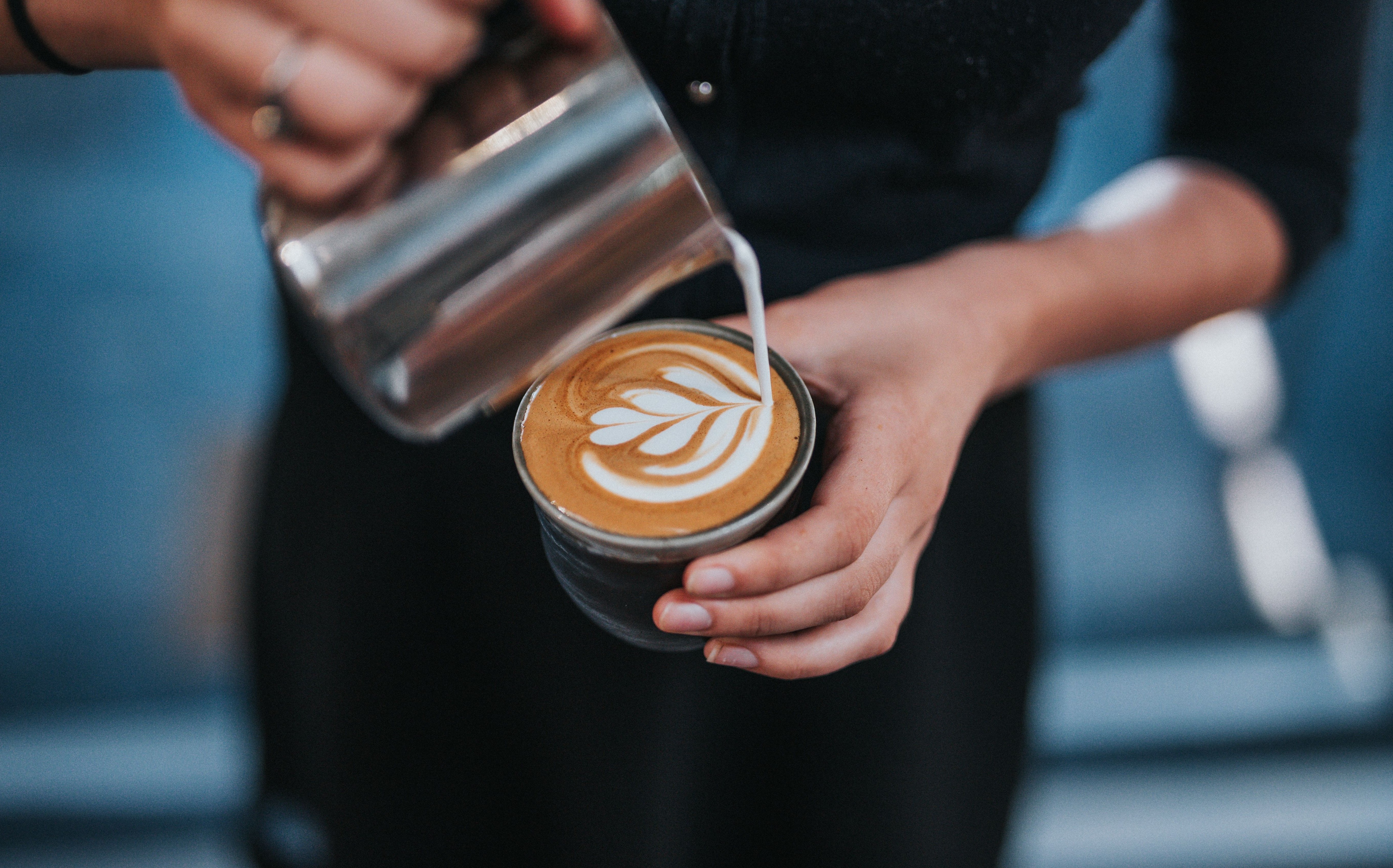The billion dollar industry behind your daily flat white
In 2015, a report by the UN’s Food and Agriculture Organization (FAO) in 2015 claimed that coffee consumption was at all-time high. According to the report, the rising trend among middle classes globally meant that the ‘luxury of the occasional coffee has become a daily habit’ for many people. Evidently, a desire for caffeine amongst the UK’s student population has certainly fueled this growing trend. Warwick students are certainly spoilt for choice, with over a dozen cafés and outlets on campus to pick up their daily flat white from.
Since 2015, enthusiasm for the hot beverage does not seem to have thwarted, but rather increased – particularly in the UK. Last week, the 16-22 April, was UK Coffee Week, a nationwide initiative that aims to brings together members of the coffee industry to raise money and awareness for Project Waterfall. The project is charity-driven, and works with coffee-growing communities in developing countries to bring them clean water and sanitation. This year, the project was supported by some of the biggest high street names in coffee; such as Starbucks, Caffé Nero, and Costa Coffee.
Coffee is second only to oil in value for foreign exchange in developing countries…
As the UN’s FAO Report suggested, both production and consumption of coffee has increased considerably in the past fifty years – and coffee is second only to oil in value for foreign exchange in developing countries. Production has obviously increased to satisfy demand – but in the billion-dollar coffee industry, there remains a huge gap between producers and consumers. Often, developing countries are the largest exporters of coffee beans, whereas developed countries are the biggest consumers. It should come as no surprise, then, that that the top three coffee producing countries are Brazil, Vietnam, and Colombia; and that Europe is home to the world’s top 10 coffee-consuming nations.
According to an article by the BBC’s Business reporter, Lora Jones, Nordic countries make up the top five highest coffee consuming nations. In both Finland and Sweden, the average coffee consumption per capita per year is above 10 kg. Data from the UN’s FAO Report shows that in 2014, the value of Sweden’s imports of green coffee beans was a whopping 498 431 (in 1 000 US$), whereas its exports amounted to a measly 8 805 (in 1 000 US$). In comparison with Costa Rica’s figures from 2014 (Imports: 7 533; Exports, 418 564), Sweden’s figures for imports/exports were almost the exact inverse.
Though the British are traditionally known as a tea-drinking nation, last year we spent almost six times as much on coffee as we did on tea…
But what is the UK coffee industry up to?
Though the British are traditionally known as a tea-drinking nation, last year we spent almost six times as much on coffee as we did on tea. Additionally, according to the International Coffee Organization, UK consumers pay more per pound of soluble coffee than any other country, which is making our caffeine habit an expensive one.
Despite this, British coffee drinkers remain unperturbed. The UK saw the greatest expansion of coffee outlets in Europe last year, with an additional 643 stores added to our high streets. And apparently, the type of drink that consumers are choosing has evolved too. Though over recent years, the latte has remained the most common coffee drink, an article in The Independent shows that the flat white has becoming increasingly popular – with sales amounting to around 10 percent of all coffee spending, and an overall increase of 56% expenditure on the drink in the past year.
The flat white epitomizes the ‘artisan coffee scene’ because of its ability to hold ‘instagrammable’ designs…
In the UK, the rise of the flat white in the UK has been attributed to various reasons. Jeffrey Young, founder of The London Coffee Festival, explained that the flat white epitomizes the ‘artisan coffee scene’: because of its ability to hold ‘instagrammable’ designs in its smooth froth, and its smaller size – which appeals to a population of increasingly health-conscious consumers. And with the ever-expanding introduction of milk alternatives such as almond, soy, and coconut milk in high street chains, Britain’s obsession with caffeinated beverages is set to become even more inclusive, and yet more popular. Which is good news for coffee-lovers nationwide – it seems your morning cup of Joe is here to stay!

Comments